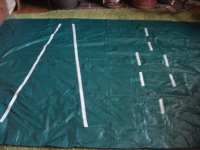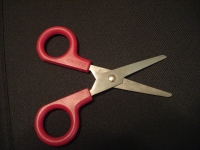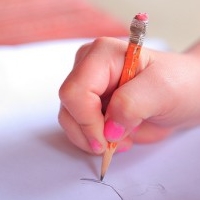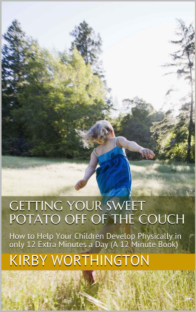Did you know that you can work with a newborn on ball skills? Ok, she's not going to be playing catch with you right away, but playing ball involves a complex group of skills, some of which you can be helping your child develop from infancy. Here is a sequence of activities that you can work on with your child as she grows to help her develop coordination, strength, and motor skills that will benefit her all her life.
Two notes: as with all activities, stop before your child gets bored or tired. Very short spurts of these activities are fine—in fact, great! Second, if your child is not a baby any more, it's not too late! You can still play these games together and use many of the same activities to teach a preschooler or elementary schooler to catch.
1. Tracking with the eyes. You know the saying, "Keep your eye on the ball"? Being able to track a moving object with the eyes is a skill that infants don't yet have, but that can be worked on and developed. Begin by catching his eye, then slowly move your face side to side. As you notice him being able to follow you with his eyes, you can begin to hang interesting toys on a string or shoelace and move it slowly side to side and then up and down. This not only prepares baby for ball-play, but lays a foundation for future reading and helps develop attention span.

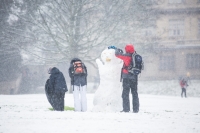
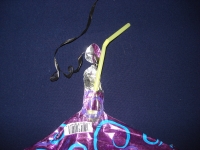
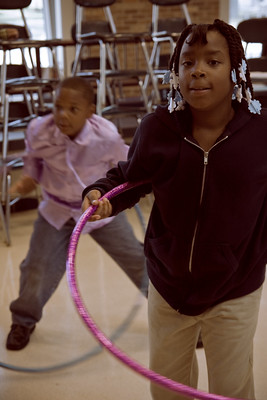
 How to Use a Hoop:
How to Use a Hoop: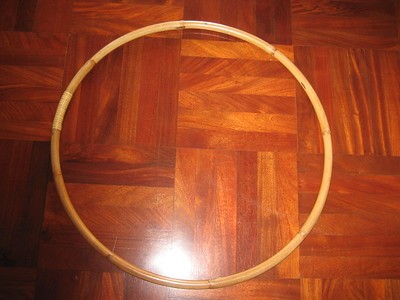 Ways to Make a Hoop:
Ways to Make a Hoop: